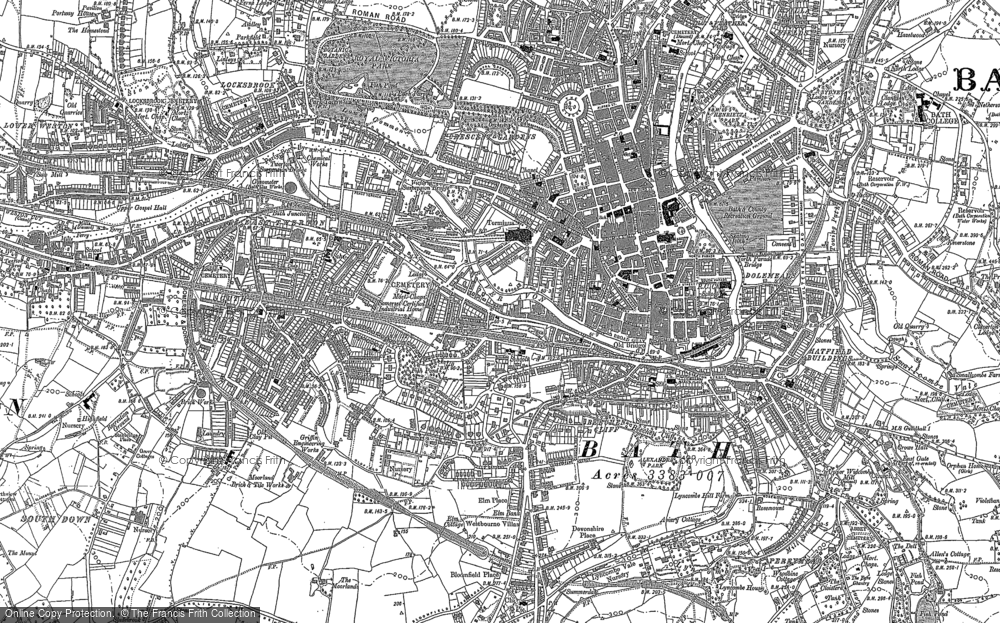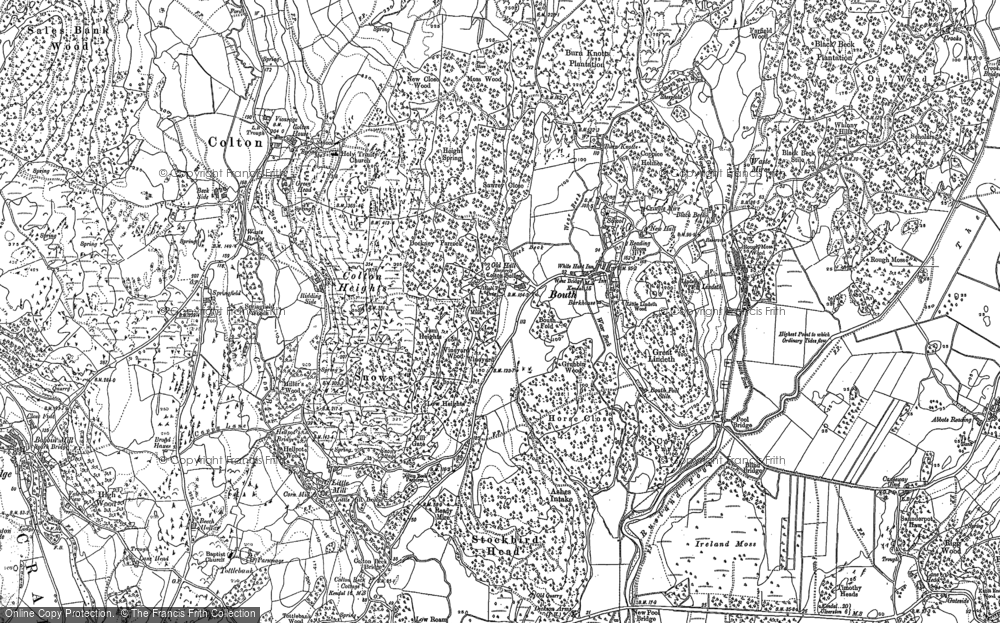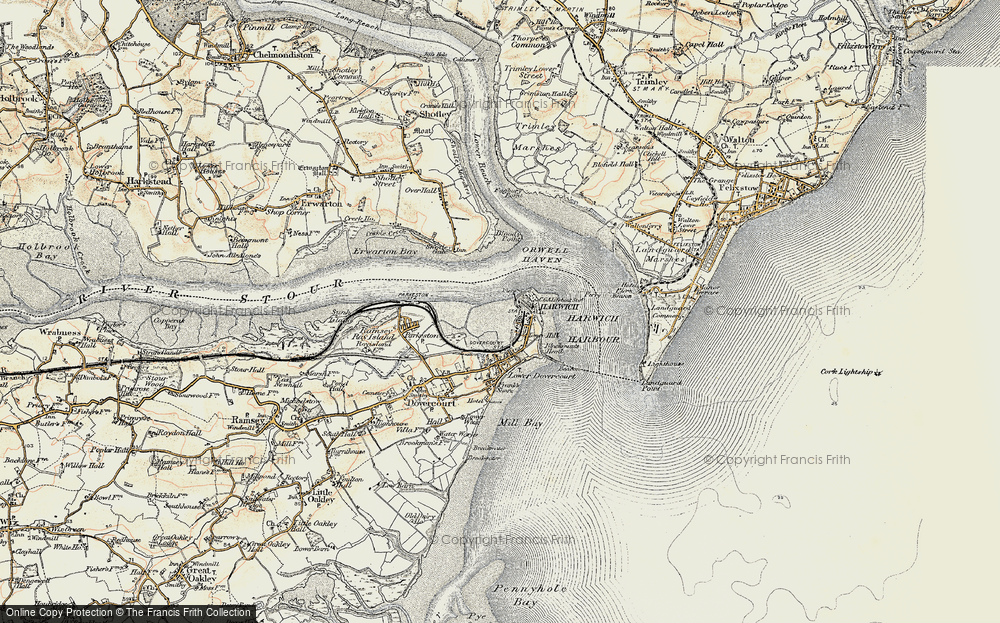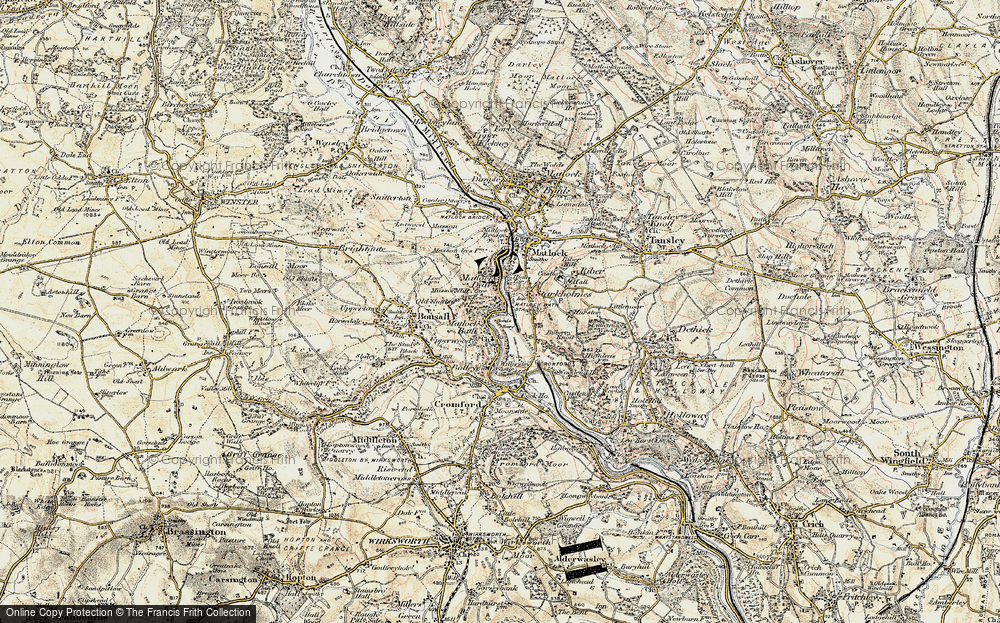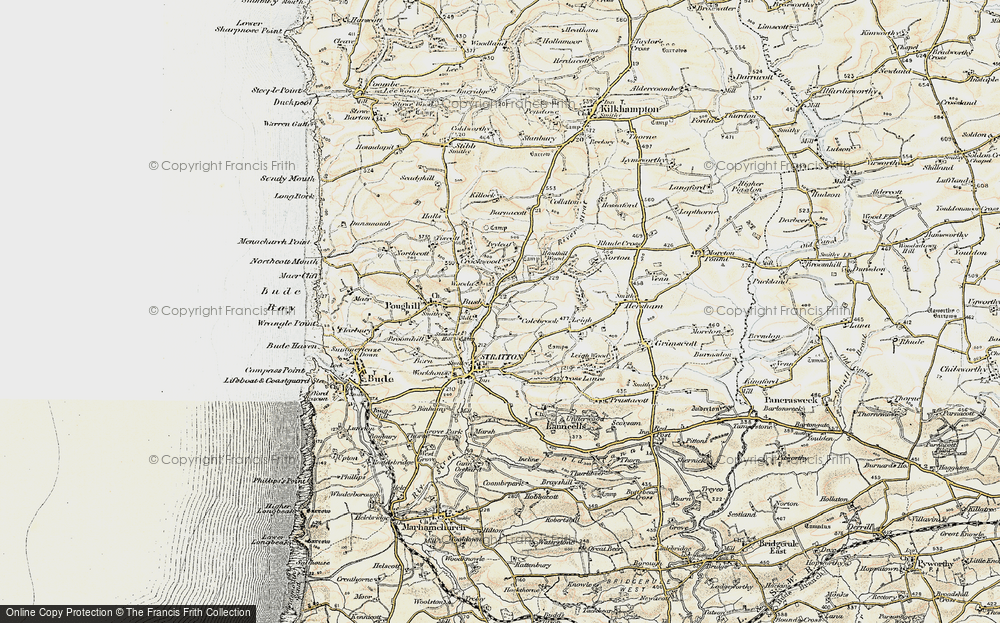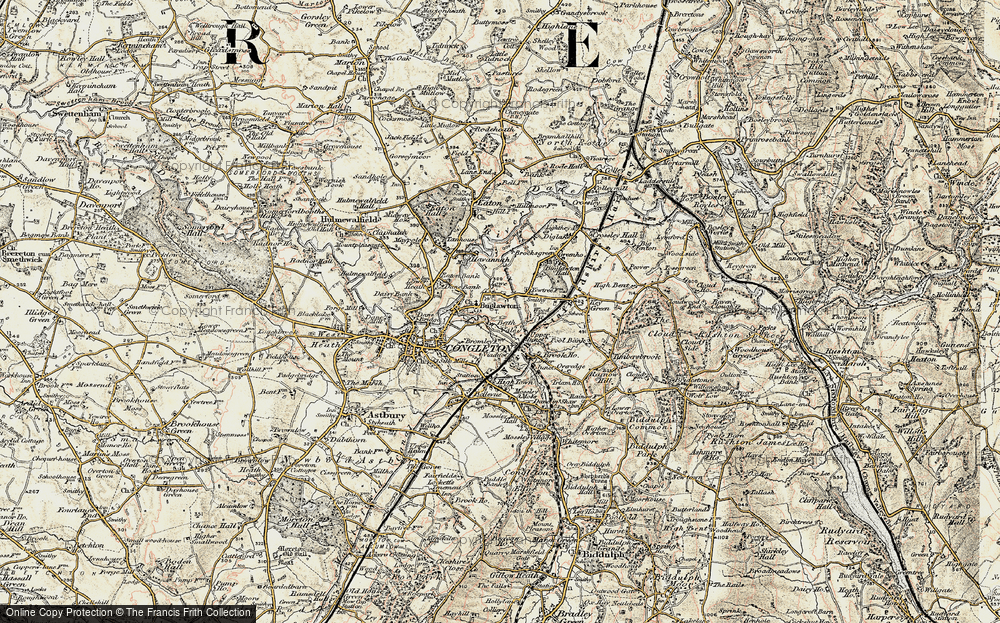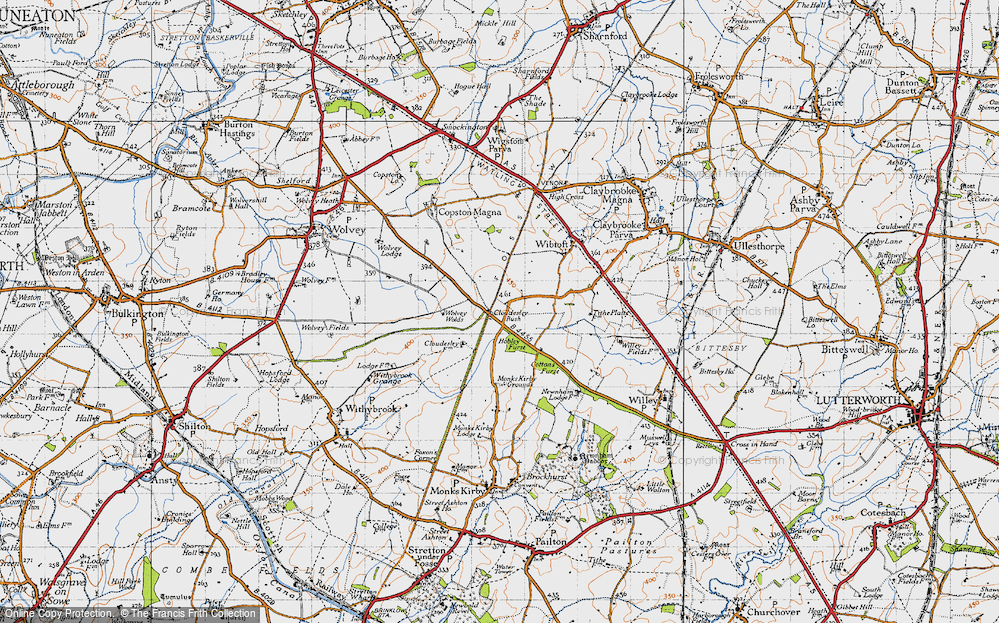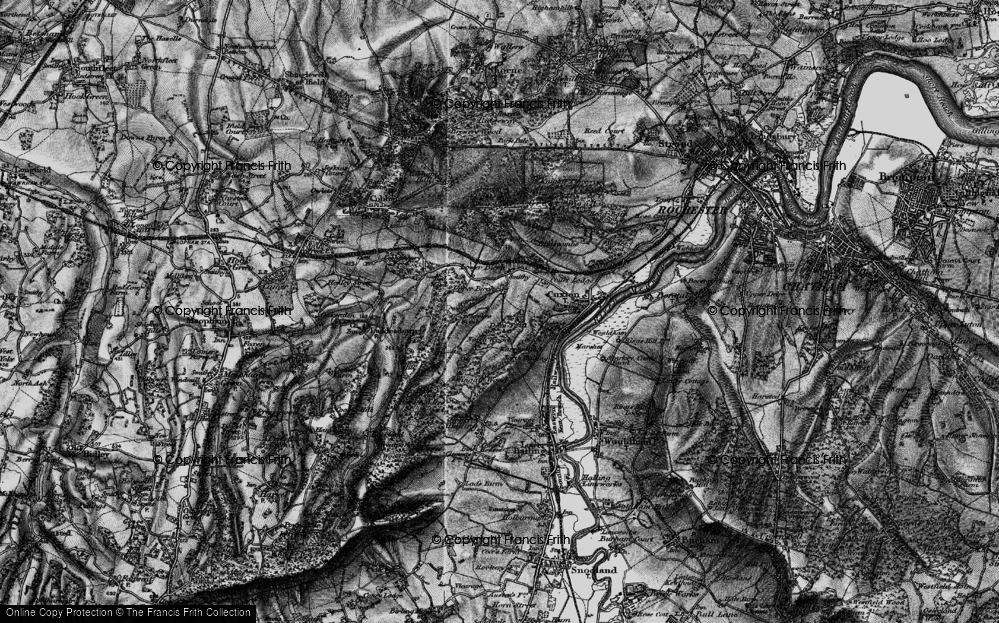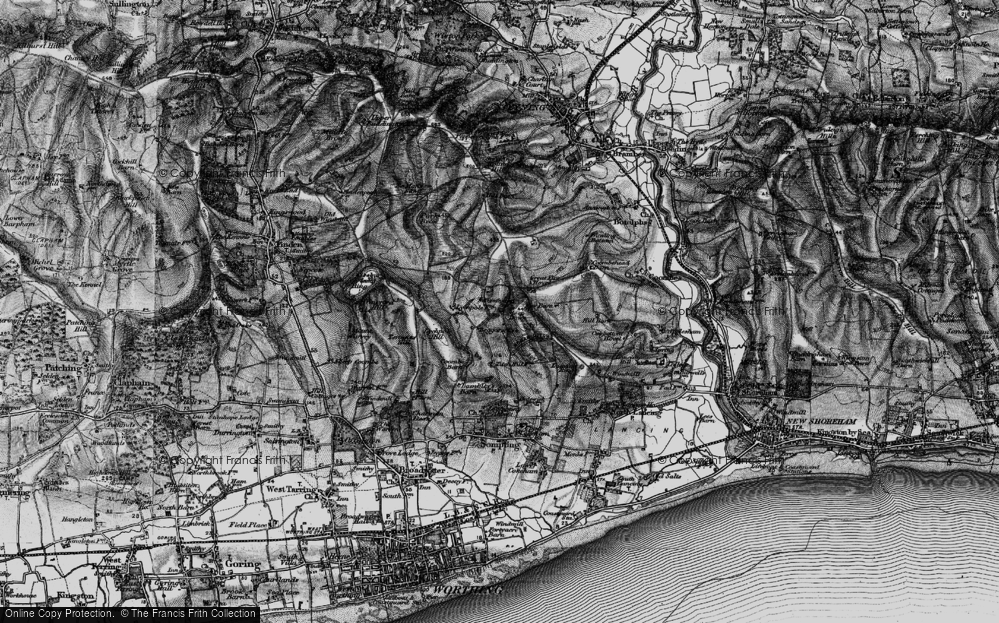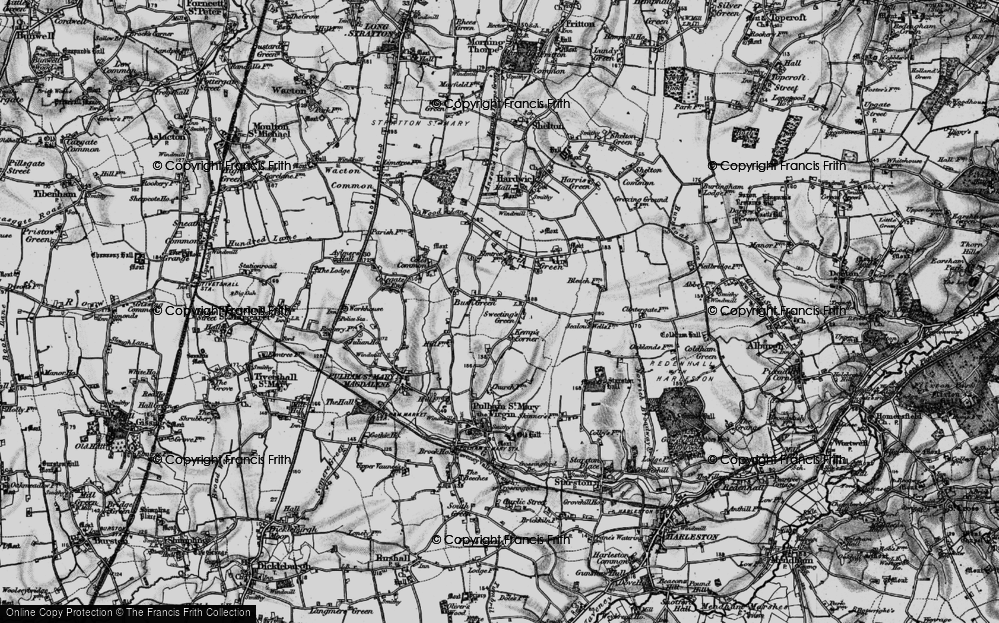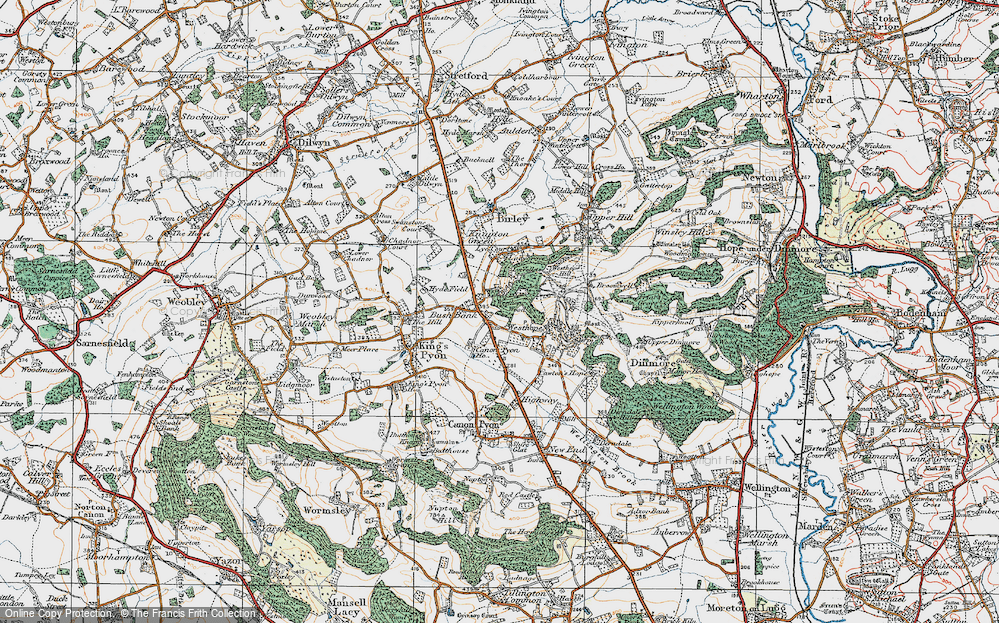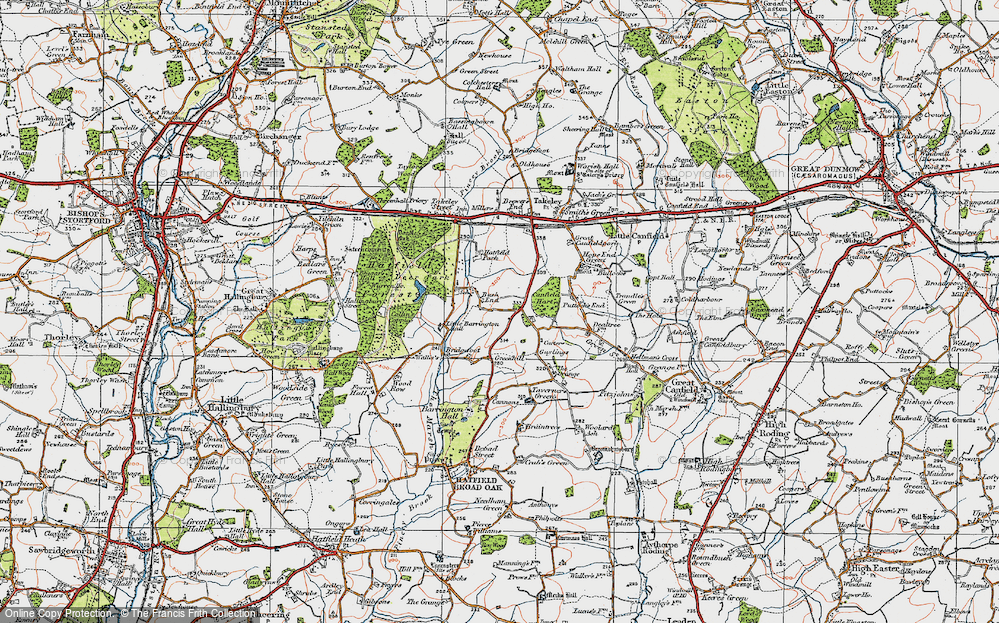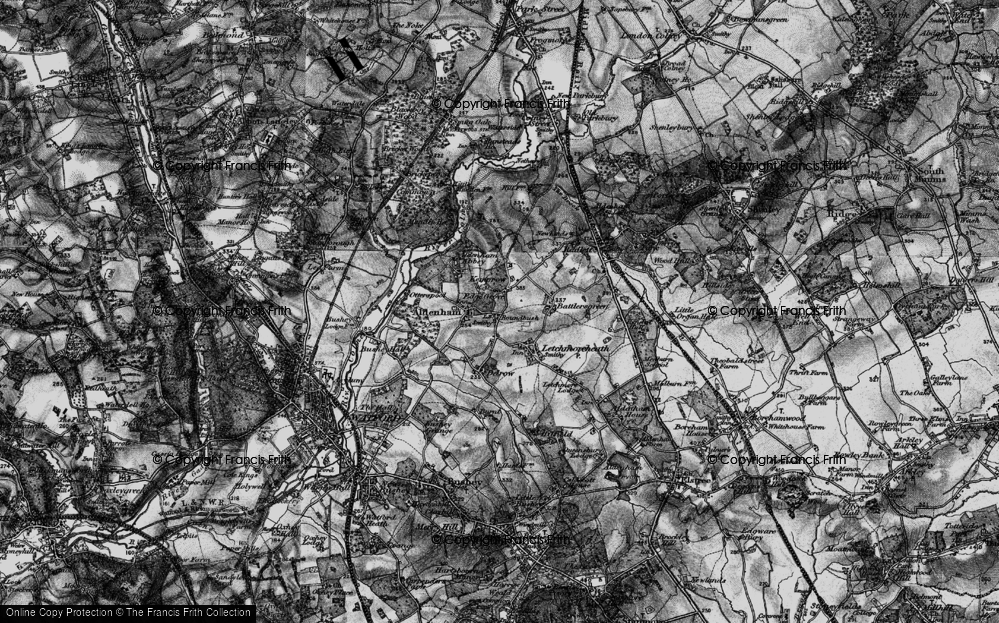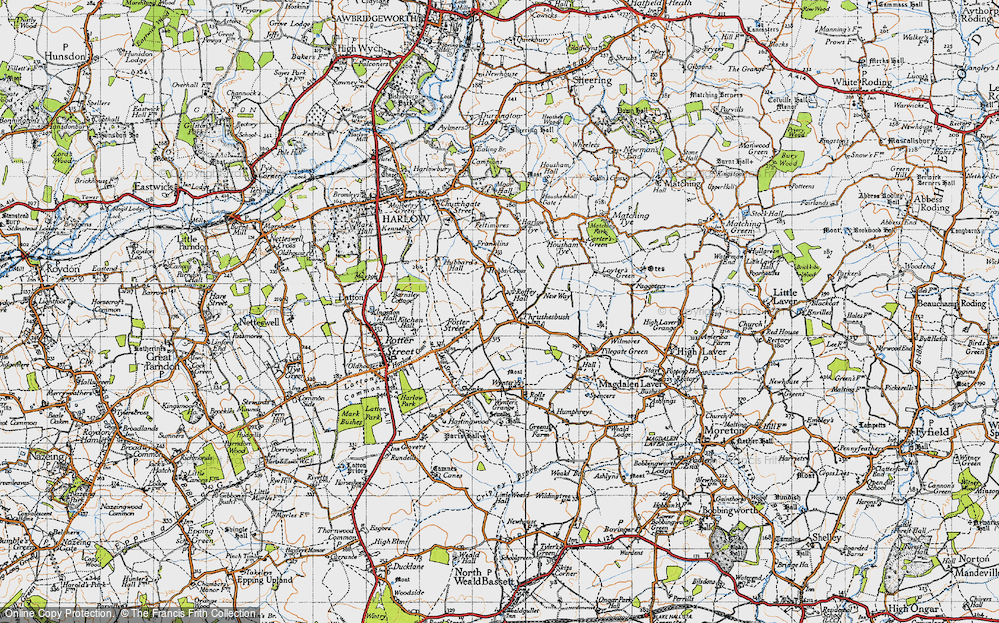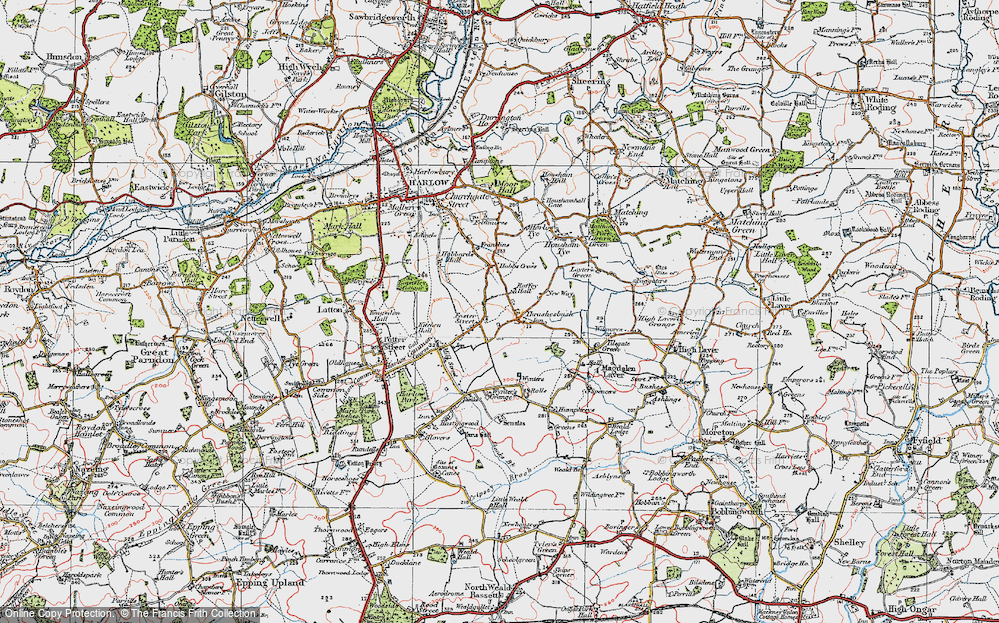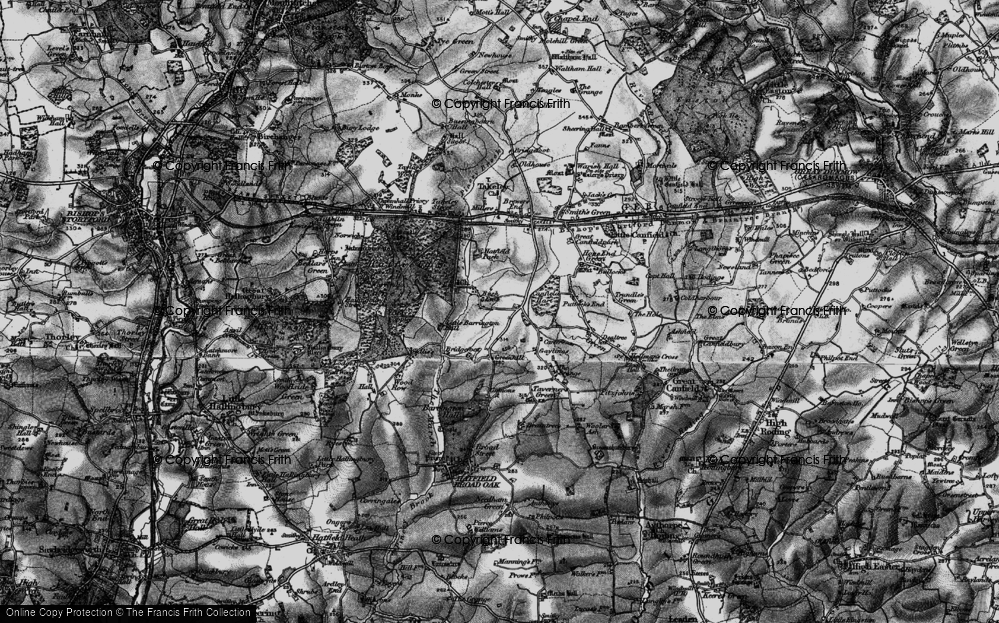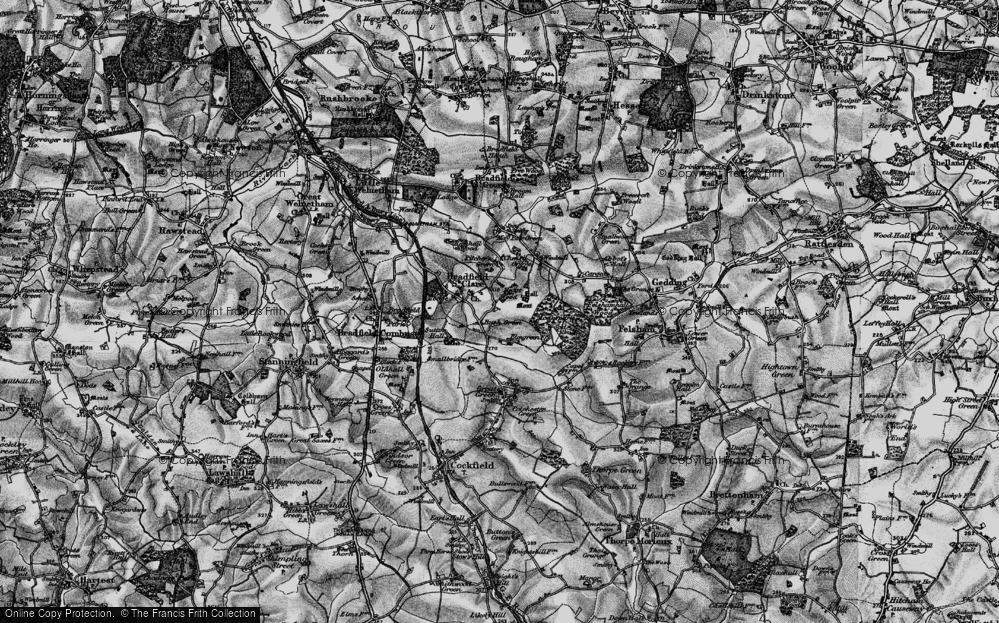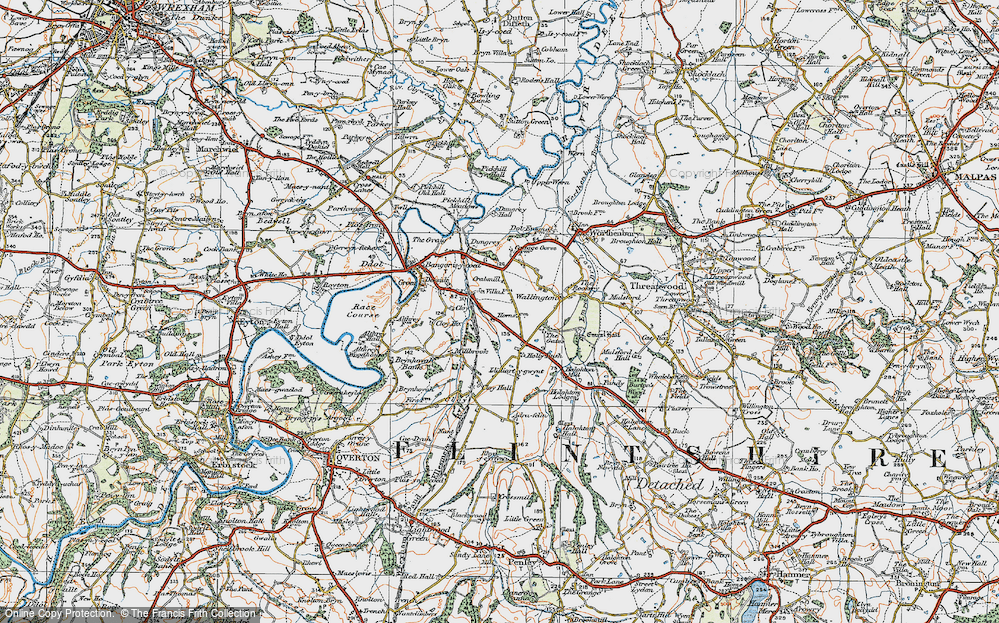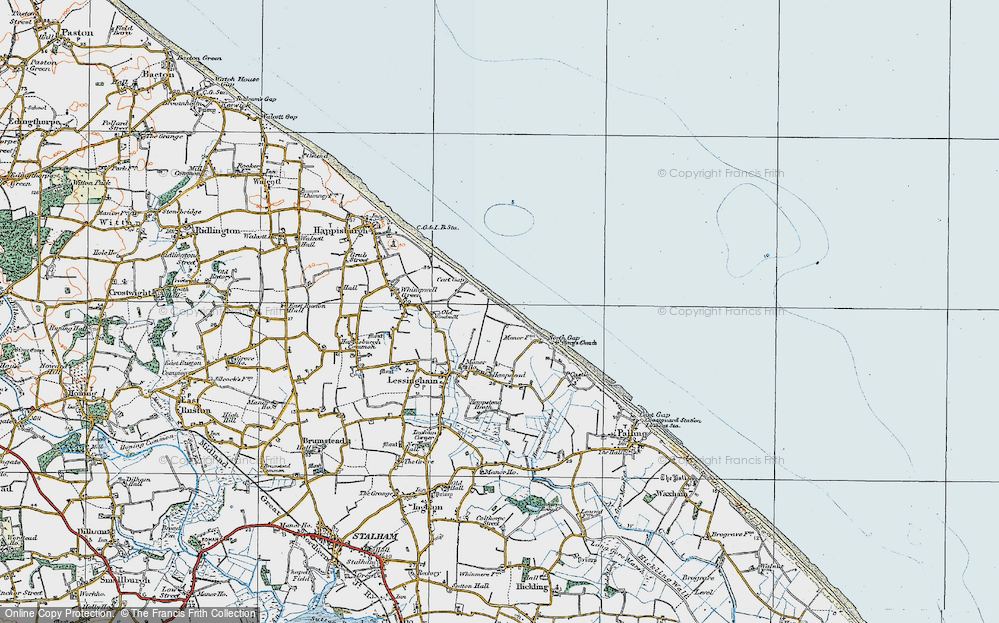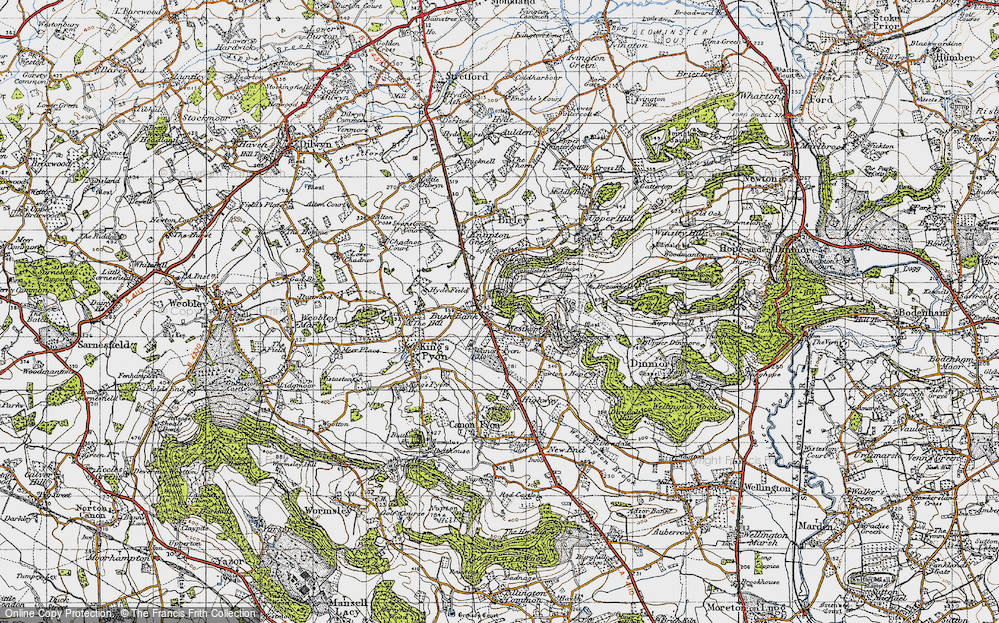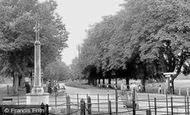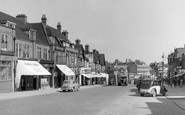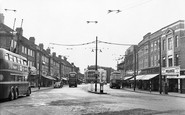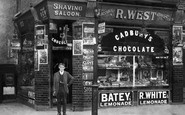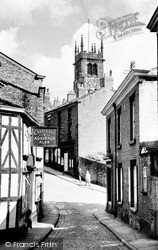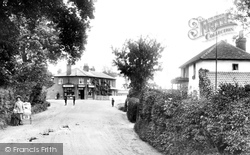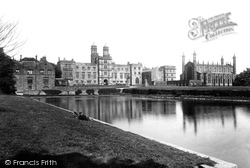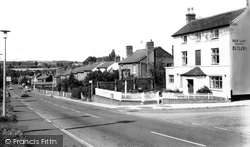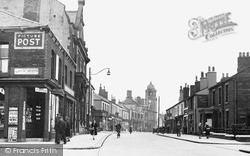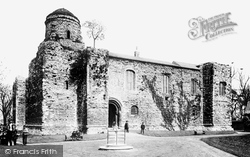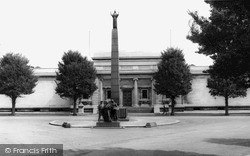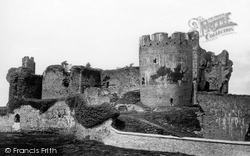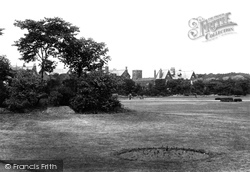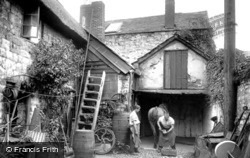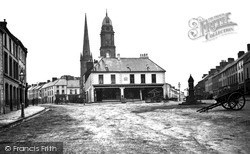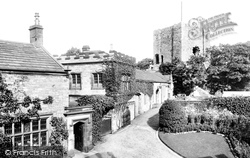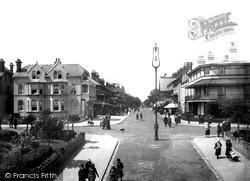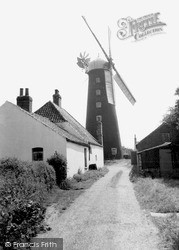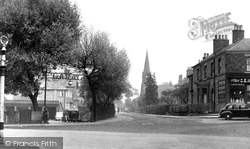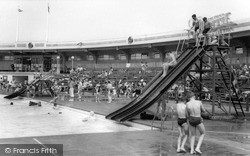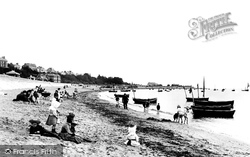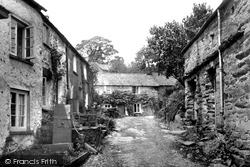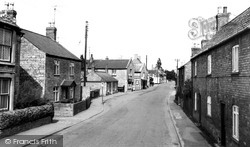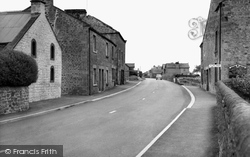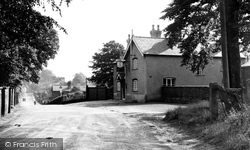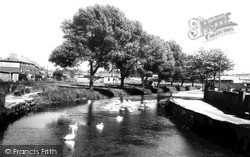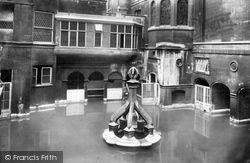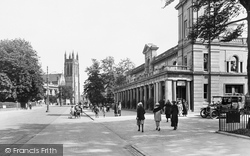Places
Sorry, no places were found that related to your search.
Photos
Sorry, no photos were found that related to your search.
Maps
1,353 maps found.
Books
3 books found. Showing results 25 to 3.
Memories
2,048 memories found. Showing results 11 to 20.
100 Melody Road. Wandsworth S.W.18
In 1943/4 My mother, brother and myself were bombed out of our home in Summerly Street. In that house we had a Morrison shelter and the night the bomb hit, a few houses away from our house, it affected our shelter ...Read more
A memory of Wandsworth by
12a The Camp, Hanney Road, Steventon.
My memory of Steventon started in 1947. For those who don't know about Steventon Camp, it was a disused army camp about 1 to 2 miles from Steventon village, on the Hanney road. (I see the storage depot is still ...Read more
A memory of Steventon in 1947 by
13 St Andrews Street Emma And Walter Stacey
My gran Emma jane Stacey and grandfather Walter john Stacey lived here . My father used to take us on the cremyl ferry across to Edgecombe and then we would bus it to Millbrook.. Sometimes we would be ...Read more
A memory of Millbrook by
183 Bus To The Pinner Red Lion
All buses going to Pinner in the 1950's had the destination "Pinner Red Lion" as there was an old pub of that name on the corner of Love Lane and Bridge Street. The bus in this photo has continued its journey having ...Read more
A memory of Pinner in 1956 by
1934 To 1961
I was born in Grove Avenue in 1934. Was not evacuated in the war .attended St Marys Church as a choir boy, went to St Marys. Infant school , then on to Orleans. Sec Leaving in 1949., after winning the Twickenham Schools Cricket ...Read more
A memory of Twickenham by
1940 To 1955.
My name is Terry Gosling, I was born in 1940 in St Stephens Road. I attended Grove Road school and after went on to Bulstrode School. I have lost touch with most of my school pals, Reg Pope is still in touch though. We both joined the Royal ...Read more
A memory of Hounslow by
1945 1960
What a great site this is – I love sharing everyone’s memories. It brought back my childhood and names I had forgotten. I moved from Scotland to Mitcham in 1946 when I was four. Mum, Dad, my sisters Margaret and Florence and me all moved ...Read more
A memory of Mitcham by
1946 1958 46 Wood Street
My mother was Jane Anne Bowcock, father James Bowcock. I had one brother, Brian, and two sisters, Mavis and Susan. I went to Lloyd Street Junior School and then City Road Secondary School. I used to go to Hulme ...Read more
A memory of Hulme in 1951 by
1946 To 1952 On London Road
I lived on London Road near Lloyd Road from about 1946 to 1948 and then on Hemingford Road until 1952. Walked along London Road to Ridge Road School (Mrs. Clarke was my favorite teacher) and went to the Granada on ...Read more
A memory of North Cheam by
1947 1981
I was born in Mitcham in 1947. We lived at the Gun Site which was situated next to Mitcham Station. There were still some soldiers there when I was born, they were separated by a wire fence. They were the days of freedom when children could ...Read more
A memory of Mitcham in 1947 by
Captions
1,059 captions found. Showing results 25 to 48.
This view has changed little, although the pub's black and white walls have been painted over.
This is how the village must have looked when the writer Eric Parker passed this way while researching his book 'Highways & Byways in Surrey', published in 1908.
For 400 years, until the family line died out, the influential Shireburnes lived at Stonyhurst. Each generation made changes.
Castle Road leads to the Square. The chimney stack in the distance is that of Cookley Iron Works. The Red Lion public house (right) opened after 1830, along with the Eagle and Spur Inn.
On the northern edge of the Wigan coalfield, local pits once provided employment for over 2000 miners, but by the late 1940s the mines were just a memory.
Construction of Colchester Castle is thought to have started around 1080, and in 1101 it was granted to Eudo the Steward by Henry I.
Impressive as this memorial to Viscount Leverhulme is, it should not be forgotten that there is another, and a very live one, on the Western Isles.
The castle is now much restored by the Marquis of Bute, with its water defences reinstated. The original castle was begun by Gilbert de Clare.
The Lytham Improvement Act of 1847 set up a Board of Commissioners. By 19 June 1848 they had built a Market House (which cost £1400) and by 1850 a gasworks.
The smith's main task was the shoeing of horses, but he turned his hand to a great variety of jobs that involved the working of metal.
When Frith's photographer went to Belfast it was not his intention to record its industries, but he knew he had to take note of the fame of the fabric known world-wide as Irish Linen.
It is the smallest Norman keep in England, and last saw action at the end of the Civil War, when Colonel Ashton's forces barricaded themselves in the castle demanding the pay that was owed them.
Having built the pier, the next move by Peter Bruff and the directors of the Woolwich Steam Packet Company was to build a hotel.
But Godard, wishing to rule, kills the King's daughters and instructs a local warrior and fisherman, Grim, to drown Havelock at sea.
However, all this changed with the coming of the railways.
The Harrison Drive Baths were opened in 1932 by Lord Derby, and were hence known as the Derby Baths. The New Brighton Swimming Pool opened in 1934 and became very popular with visitors.
Exmouth is reputed to be the oldest seaside town in Devon. People from Exeter used the sea and sands, the only good bathing beach in the east, back in the early seventeenth century.
Haverthwaite village is in two parts, but they are quite close together. The village pump on the left, by Pump Cottage, is dated 1765 and bears the initials BB.
The village itself is a mix of stone and local brick, as in the terrace on the right.
On the right we can see a finger post pointing to the church.
The pub pictured here, the Spinner and Bergamot, was built in 1792, and is named after two racehorses.
The Baths, opened by the Duchess of Teck in 1895, used brine recently discovered under Stafford Common during the search for a good water supply.
Although most associate Bath's waters with the Georgian or Roman period, the spring-fed baths were very popular in Tudor and Stuart times.
On the right is the Royal Leamington Bath and Pump Rooms, with swimming pool and Turkish baths.
Places (0)
Photos (0)
Memories (2048)
Books (3)
Maps (1353)




